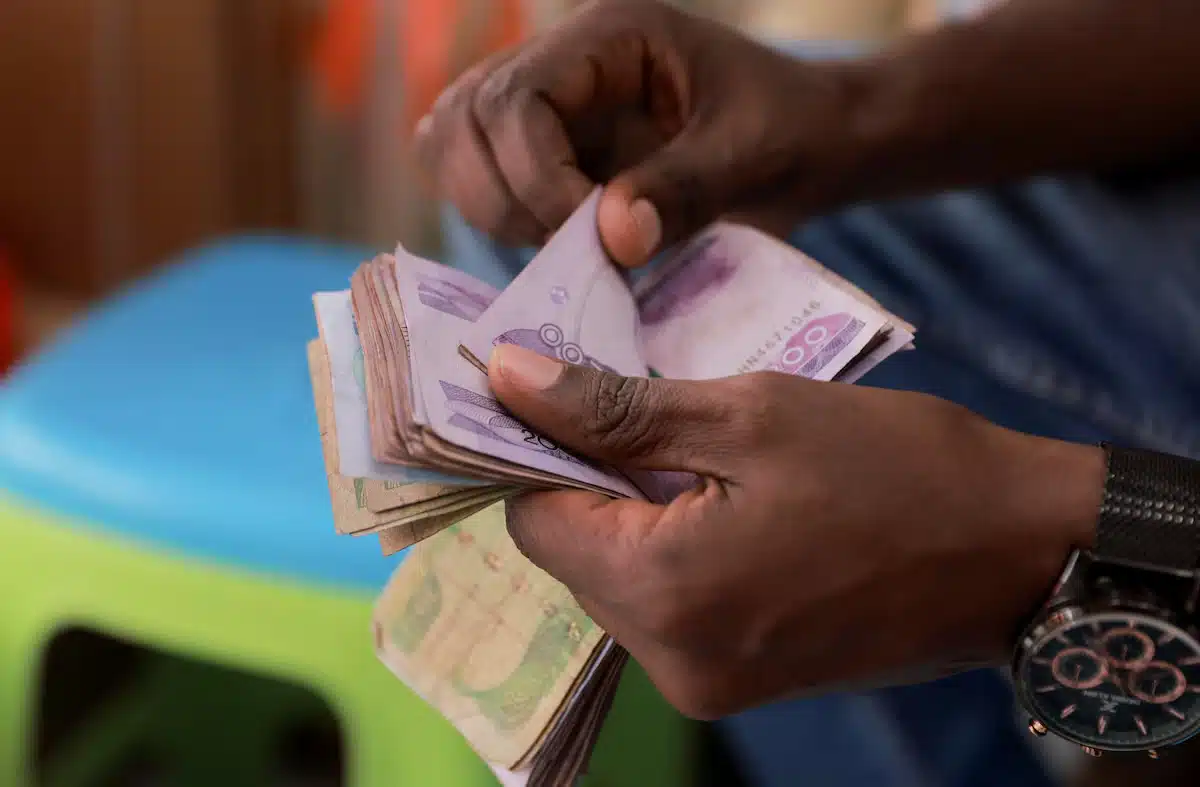S&P Global has revised Uganda’s sovereign credit outlook to “positive” from “stable”, while affirming the country’s long-term foreign and local currency ratings at B-/B. The short-term ratings were also maintained, and the transfer and convertibility assessment was raised to ‘B’ from ‘B-’.
The upgrade reflects the country’s stronger growth momentum relative to peers and expectations that major oil developments will begin to come onstream by late 2026. “The positive outlook reflects Uganda’s favourable growth prospects and the potential for US dollar-denominated GDP per capita to strengthen further,” the rating agency said.
While GDP per capita remains low, it noted that Uganda has consistently outpaced comparable economies, supported by sustained public investment, rising private consumption, and recoveries in agriculture and services.
S&P expects real GDP growth of 6.3% in full year (FY) 2025, rising to 6.4% on average between FY2026 and FY2028, underpinned by completion of the Tilenga and Kingfisher oil projects and the East Africa Crude Oil Pipeline. Oil production is projected to peak at 230,000 barrels per day by 2030.
External position strengthens as reserves hit record high
The trade deficit narrowed to 4.2% of GDP in FY2025, from 6.6% over full year 2020–2024, helped by strong coffee and gold export earnings. Combined with foreign exchange purchases by the Bank of Uganda, this lifted reserves to a record $4.98 billion in September 2025, up from $3.3 billion in January.
The agency expects external pressures to gradually ease once oil exports commence, although current account deficits are likely to remain elevated in the near term due to infrastructure imports.
Shift in debt mix has raised borrowing costs
Years of reliance on higher-cost domestic borrowing have pushed up interest payments to 25% of government revenue in FY2025, from 14% in FY2019. Domestic debt now accounts for around half of total public debt.
However, the resumption of World Bank project lending in October 2025, following a two-year suspension, is expected to reduce financing costs and diversify Uganda’s funding sources. About 90% of Uganda’s external debt is concessional, with long maturities and favourable terms.
Political and fiscal risks remain
Despite improving fundamentals, S&P cautioned that per capita incomes remain low, fiscal deficits are still large, and government debt continues to rise. The agency also highlighted institutional risks, noting President Yoweri Museveni’s nearly 40-year tenure and the potential for political tensions ahead of the January 2026 elections.
Real GDP expanded 6.3% in FY2025, supported by strong public investment, agricultural resilience, and sustained activity in manufacturing and construction. S&P expects growth to average 6.4% through FY2028, driven by oil production and government programmes supporting agro-industrialization, mineral development, and tourism.









